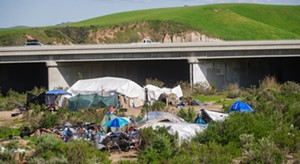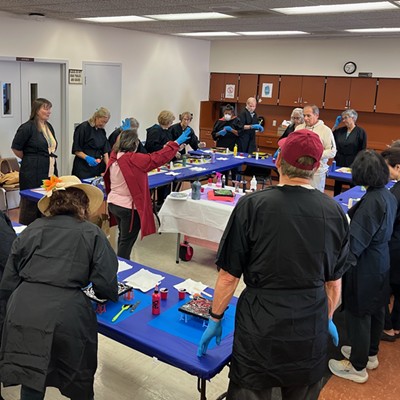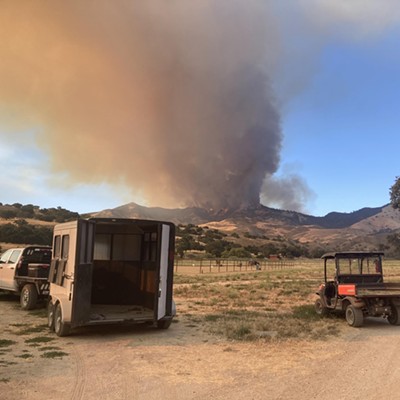Facing an increased population of individuals experiencing homelessness, multijurisdictional conflicts in managing the Santa Maria riverbed, and higher volumes for service near its new interim shelter, the Santa Maria City Council wants changes.

The City Council heard an update about the city, Santa Barbara County, and San Luis Obispo County’s efforts to resolve encampments in the Santa Maria area during its July 16 meeting. The 2024 Point-In-Time Count reported 424 individuals experiencing homelessness in Santa Maria, with 189 unsheltered, 138 living outdoors, and 97 living in vehicles—a decrease from 2023’s reported 472 people experiencing homelessness, with 162 unsheltered, 211 reported living outdoors, and 99 in vehicles.
“In Santa Maria, individuals experiencing homelessness are found in the Santa Maria riverbed, along the Santa Maria Valley railroad, and in other locations throughout the city, including streets in industrial areas, with individuals living in their cars and RVs,” according to the staff report.
Santa Maria’s efforts primarily focus on enforcement to address and clean up encampments throughout the city, spending about $200,000 on cleanups and collecting about 260 tons of trash, Assistant City Manager Chuen Wu said during the meeting.
“It’s something that we manage, it’s something that is difficult to eliminate, but the dollar amount and tonnage I described, it’s ongoing in a sense,” Wu said.
While most of the individuals experiencing homelessness live in the riverbed—with recent estimates identifying 120 individuals—Santa Maria and Santa Barbara County only have a small portion of the river in their jurisdictions with the majority of it lying in San Luis Obispo County, he added.
Santa Barbara County spearheads most of the services for Santa Maria’s unsheltered individuals, with the recently opened Hope Village housing 124 individuals and several million dollars in state grants allocated to providing services to those residing in Santa Maria’s transit corridors, waterways, and vehicular encampments, county Deputy Director of Housing and Community Development Joseph Dzvonik told City Council. The county helped 1,402 people transition out of homelessness last year, and local nonprofits are opening other emergency shelters, commercial kitchens, and housing for veterans to help provide greater services.
Mayor Alice Patino expressed her frustration and concerns for safety with the current systems in place after seeing people return to the riverbed after cleanups, hearing complaints from residents, and triple the number of calls for service from business owners and residents near Hope Village.
“I guess I’m not a proponent of the housing first issue because I think we recognize that we have a lot of these people that are drug-addicted, they have mental health issues, and I know we have the services there, but if they’re not going to accept the services and we’re still housing them it’s like pouring bad money after bad money down the drain,” Patino said.
Councilmember Gloria Soto disagreed that the city has invested time and resources into resolving the issue.
“Aside from enforcement and [Community Development Block Grants], I don’t know what the city is doing to address homelessness in the county of Santa Barbara, in our part of the county of Santa Barbara,” she said.
Santa Maria has discussed implementing its own safe parking program, a project to convert a Motel 6 into permanent housing for the homeless, and the Cox Bungalows to house seniors and those with special needs—all of which the City Council resisted or decided against, Soto said.
“Hope Village is another example of where we turned our backs and decided not to support the county with those efforts,” she said. “For too long our City Council has turned down opportunities to address homelessness and to address those with the most needs.”











